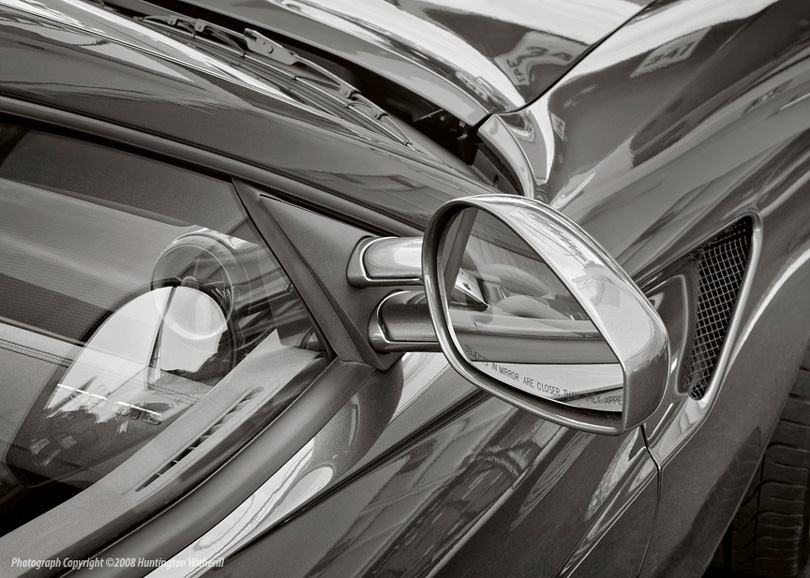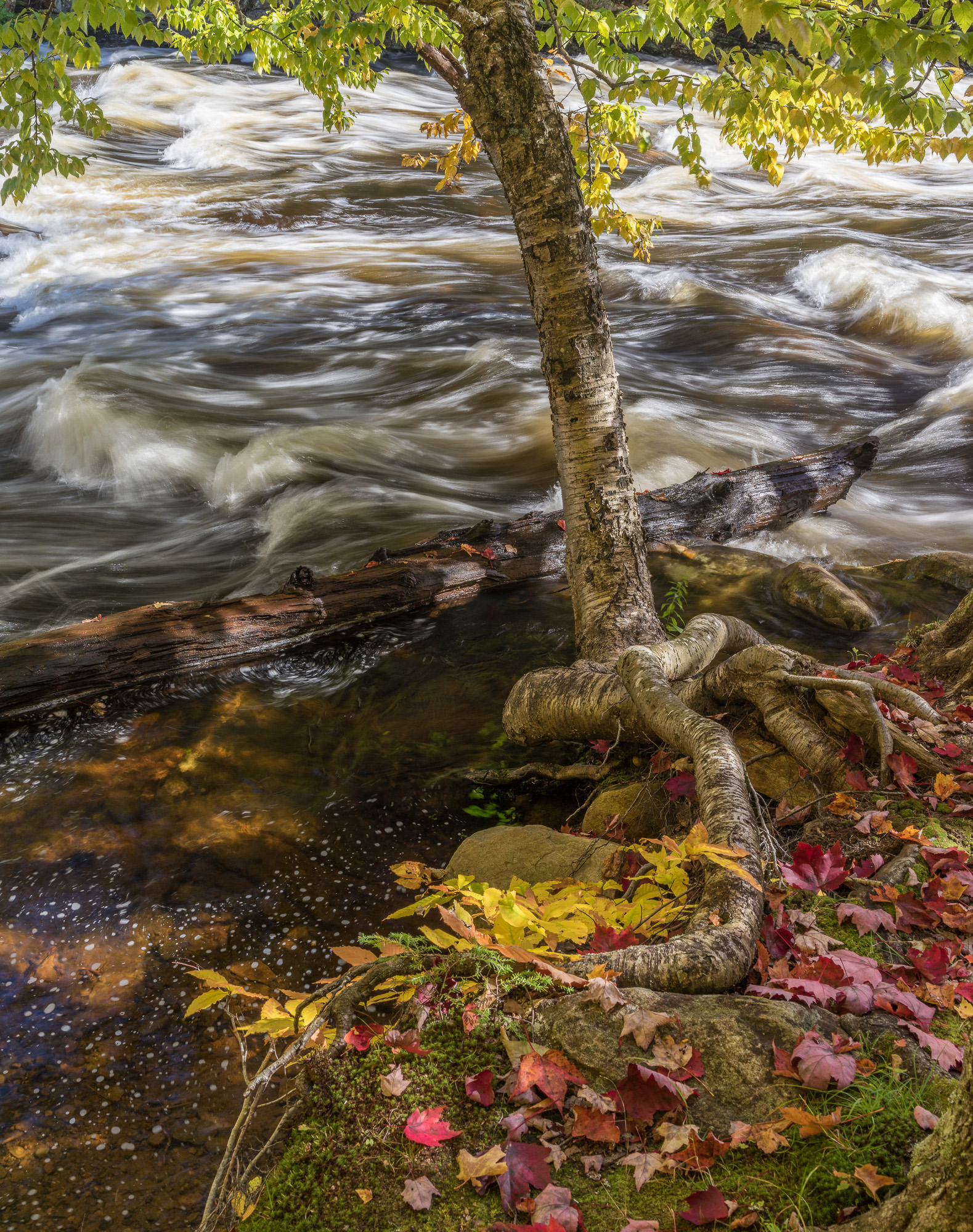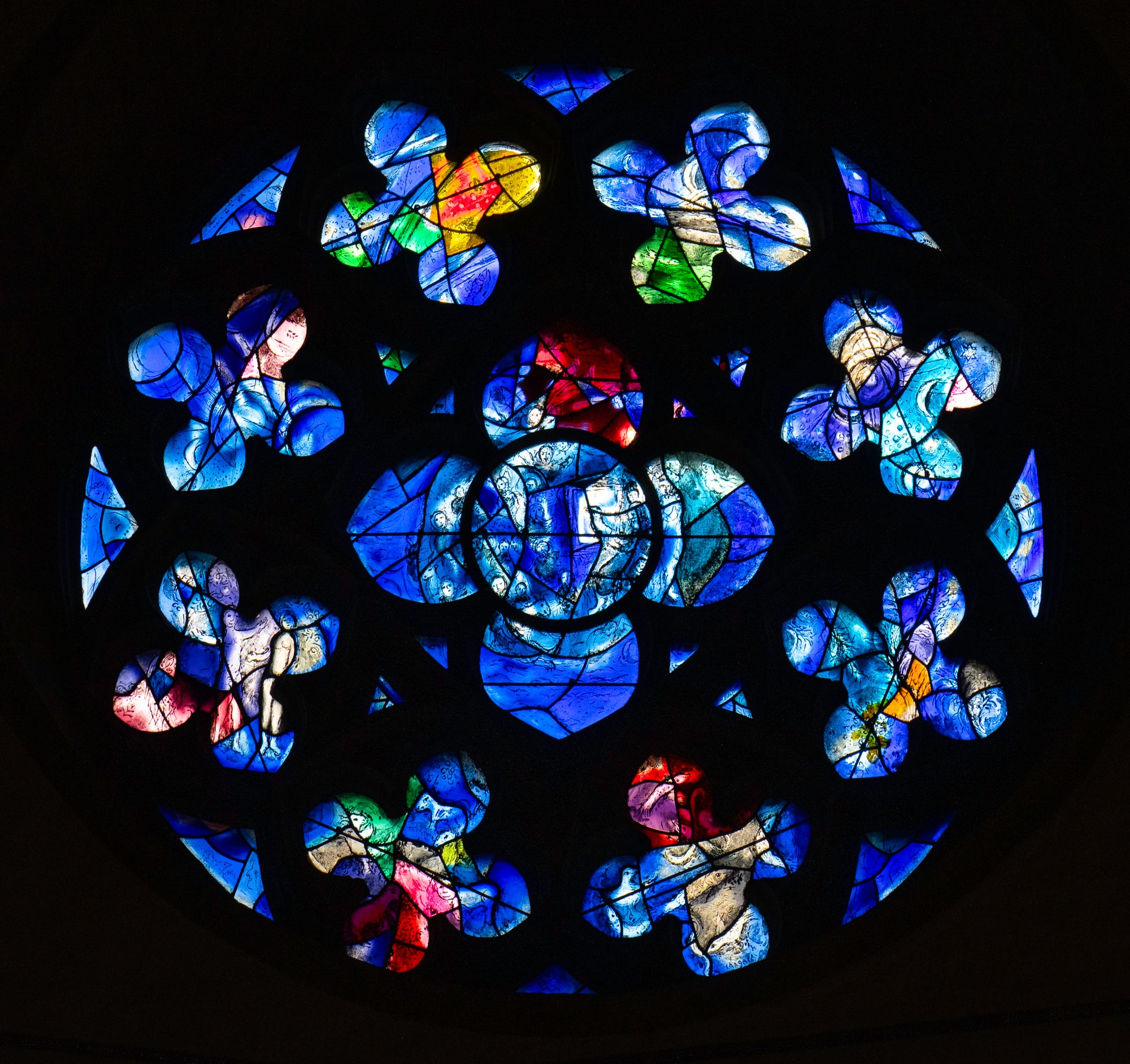
Back in 2004, I had occasion to write an article for the PSA Journal, extolling the virtues of what (at the time) was a relatively new and controversial approach to photography. Of course the approach I’m referring to involves the use of digital technology to produce photographs.
Admittedly, eleven years ago when that piece first appeared, digital photography was not really new. It had been gathering steam ever since the mid-to-late 1980s. However, by the early 2000s – primarily due to the advent of higher quality inkjet printers and archival pigment inks – the approach was finally beginning to enter the mainstream.

Within the article itself (titled: The Hamster Wheel of Progress) I speculated that adopting a digital approach to photography might well “…continue to impede and frustrate its practitioners by nature of the fact that once you’ve climbed aboard the digital hamster wheel, you either commit to spending significant amounts of time re-learning the basic nuances of your tools as they incessantly change, or you do as I have and attempt (with predictably diminishing success) to ignore all the upgrade paths and stick with the tools you know.” And I concluded: “Acquiring and subsequently maintaining control and familiarity with digital tools and materials remains a particularly elusive, redundant, and time-consuming task. An interesting and informative task to be sure, but not one that is conducive to the actual production of art.” (The complete article can be found here.)

Given the ongoing prodigious advancements in digital technology over the past eleven years, the question I’d like to explore herein is: Do I continue to feel the same way, today? Well, the short answer is: Now… more than ever!
Reality dictates that one’s available time will continue to become increasingly precious as time, itself, continues its forward march. Contemplating the onerous task of having to re-learn the basic nuances of my working tools – for what would soon be the eighteenth time since having initially embraced the digital approach, in 1991 – seems, at this point, an even more redundant and wasteful use of time than it did some twenty-four years ago!

Acts of creativity are best negotiated via the path of least resistance. Yet in this case, the path, itself, is being continuously obstructed since one is forced to stop along the way in order to (figuratively) re-learn the basic act of walking. Or put another way; try to imagine what life would be like if the art of writing demanded up-grades to a “new and improved” alphabet with such requisite regularity. (ÃcûH Ðïu, NwñÍìÌfo!) Planned obsolescence must surely be the ultimate creative “buzz-killer”.

You’d think I’d be less cantankerous in the above regard. After all, the digital approach has afforded me (and so many other photographers) unprecedented expansion of our visual vocabularies – a truly liberating development. Yet, with freedom comes responsibility. Caveat emptor!
There was a time (back when I first took up photography in the early 1970s) that I would occasionally dream (tongue-in-check) about a day when the mechanics of the medium would be ultimately streamlined. Rather than schlepping fifty-pounds of “lightweight” gear in order to take a picture, I would, instead, simply blink my eyes and, immediately thereafter, pull an exposed and developed sheet of film out of my ear! Fast-forward to today, and despite the absurdity of that idea, I can’t help but be amazed at just how close to that notion the process of photography has actually become!

Yet, like everything else in life there are trade-offs to be made. The exponential expansion of our visual vocabulary seems to have come at the cost of a necessity to repetitively re-master the basic mechanical nuances of the tools and materials, themselves. I questioned, within The Hamster Wheel of Progress, whether Charlie Parker could have achieved such remarkable artistic accomplishments –were he to have been compelled to re-learn a “new and improved” fingering scheme on his horn every six to twelve months. I’m still not convinced that this particular trade-off is one I’m willing to continue to accommodate. A more creative solution to the problem must surely exist.

My latest strategy is this: About a year ago I purchased a brand new (old stock) computer of exactly the same type and configuration as my current six-year old MacPro. I took it out of its factory-sealed box, plugged it in, tested it, returned it to the box, and immediately put it into cold storage. When my current MacPro gives up the ghost, I’ll transfer my backed-up hard drives to the stored computer and continue to work as long as I can. And when that computer goes up in smoke… I just might take up golf!

Obviously, a recalcitrant strategy like the one above dictates that virtually nothing associated with one of my most important photography tools can be further upgraded to take advantage of ongoing technological advancements. Yet (believe it or not) I’m delighted by the prospect. Frankly, I thought Photoshop was a perfectly capable tool for producing fine photographs some nineteen years ago, using Photoshop version 4.0. And by the way, that was fully seventeen differently configured, “new and improved” (and now obsolete) versions since!
Will my latest strategy succeed? I’ll report back in another decade or so. For all I know, by then I may well be confined to a local rest home watching Gilligan’s Island re-runs!

Please visit my Website To See More Of My Work.
Huntington Witherill
September 2015
Read this story and all the best stories on The Luminous Landscape
The author has made this story available to Luminous Landscape members only. Upgrade to get instant access to this story and other benefits available only to members.
Why choose us?
Luminous-Landscape is a membership site. Our website contains over 5300 articles on almost every topic, camera, lens and printer you can imagine. Our membership model is simple, just $2 a month ($24.00 USD a year). This $24 gains you access to a wealth of information including all our past and future video tutorials on such topics as Lightroom, Capture One, Printing, file management and dozens of interviews and travel videos.
- New Articles every few days
- All original content found nowhere else on the web
- No Pop Up Google Sense ads – Our advertisers are photo related
- Download/stream video to any device
- NEW videos monthly
- Top well-known photographer contributors
- Posts from industry leaders
- Speciality Photography Workshops
- Mobile device scalable
- Exclusive video interviews
- Special vendor offers for members
- Hands On Product reviews
- FREE – User Forum. One of the most read user forums on the internet
- Access to our community Buy and Sell pages; for members only.














